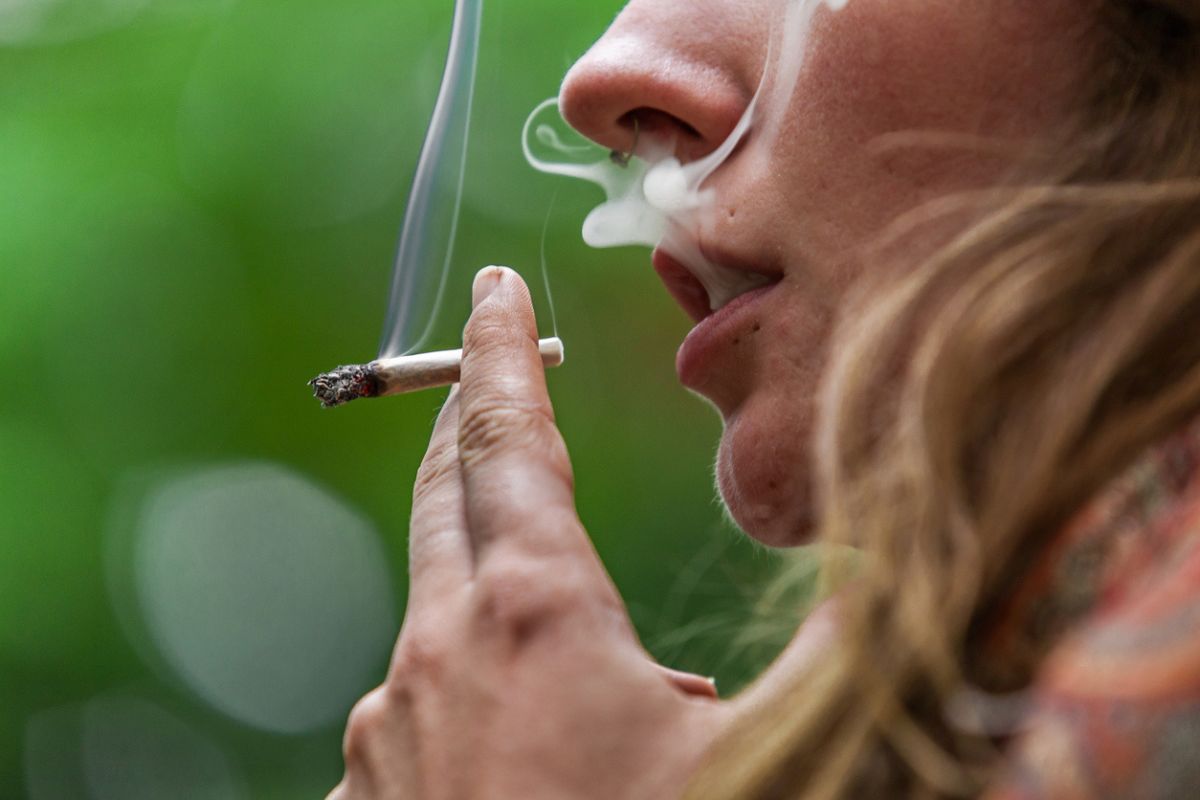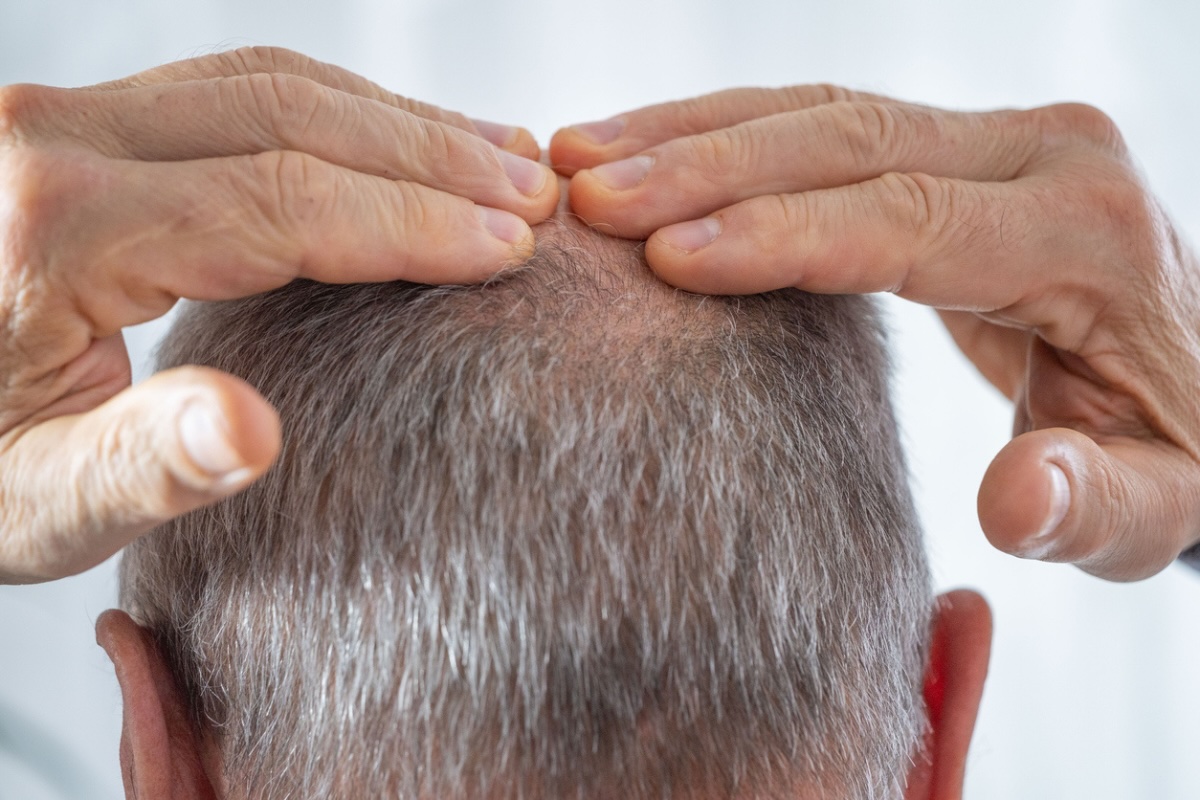For decades, we’ve all heard (and told) stories about the benefits of organized sports for kids. It builds character. It fosters cooperation with others. And (obviously) it’s a boon for physical fitness.
New research, though, suggests it might also help growing kids stave off mental health problems. A wide-ranging Swedish study – which included 20 years of data – has unearthed some compelling new data. Appearing in British Journal of Sports Medicine, the paper alleges that adolescent participation in organized sports can mitigate the risk of developing psychiatric disorders later on.
The findings, drawn from a national birth cohort of thousands of children tracked from birth to age 18 could reset how we all think about childhood mental health prevention.
Improving on Established Data
Earlier studies had hinted at a link between physical activity and improved mental well-being. But this new information stakes new ground based on its scope and meticulous results.
Many of the previous research projects lacked long-term follow-up, while limiting their focus to a handful of narrow age groups. Some relied on inconsistent methods of measuring psychiatric symptoms, as well as activity levels.
This study plugs those gaps, clarifying lingering questions surrounding early-life physical activity and mental health outcomes over time.
Relying on parent-reported data, the team tracked physical activity levels, time spent outdoors, and participation in organized sports at ages 5, 8, and 11. Then, they cross-referenced those results with national health registry numbers on documented psychiatric diagnoses up until age 18.
The study’s authors found that physical activity dropped off dramatically as the kids aged from 5 to 11. It’s a period that could be critical to long-term mental health outcomes.
Striking Results
The most significant findings cropped up when the study participants hit their 11th birthday.
- For boys, each extra hour of daily physical activity corresponded with a 12% drop in the risk of developing any psychiatric disorder by the time they hit 18.
- Girls also reaped similar benefits, although it showed up most prominently in terms of lower depression rates.
Organized sports for 11-years-olds provided a strong defense against addiction, anxiety, and depression for both sexes. Notably, just spending time outdoors (touching grass, as the kids say) didn’t appear to make much of an impact.
“Our results suggest that the period just before and during the early stages of puberty may be a sensitive window where [physical activity] plays a vital role in developing psychological resilience,” the authors wrote.
This lines up with neurological data that points to that window between the ages of 10 and 12 as a busy time for brain development – which includes an uptick in the rate of anxiety and affective disorders.
Perhaps unsurprisingly, the researchers also uncovered other significant sex differences.
Boys, for example, saw pronounced mental health benefits from physical activity at both ages 5 and 11, particularly against addiction and anxiety. Girls appeared to gain more from organised sports, especially regarding depression. These differences, the authors posit, could be the results of hormonal changes, behavioral patterns, or societal expectations tied to gender and physical activity.
Finally, the authors argue that their use of national psychiatric diagnosis records – rather than self-reported symptoms – lends credence to their findings while allowing for better estimates of clinical outcomes.
Sports as a Prevention Strategy
The study adds some much-need insight into the ongoing mental health crisis facing today’s kids. With mental disorders among children and adolescents rising worldwide, the findings suggest a new prevention strategy: organized team sports.
The implications are huge. Clinicians and mental health professionals could consider integrating team-based sports activity into prevention and treatment plans for the kids most at risk.
In conclusion, the study makes a strong case for physical activity, especially organized sports in pre-adolescence, as a potentially effective tool for curbing the future burden of psychiatric disorders. It also reinforces the argument that early intervention could support a broader effort to integrate physical activity as a key component of child and adolescent mental health policy.
Future Reading
Universal Teen Depression Screening Proves Cost-Effective
Exercise is Even Better Than We Thought for Brain Health
The Kids Aren’t All Right. Study Says They Need to Get Outside.



